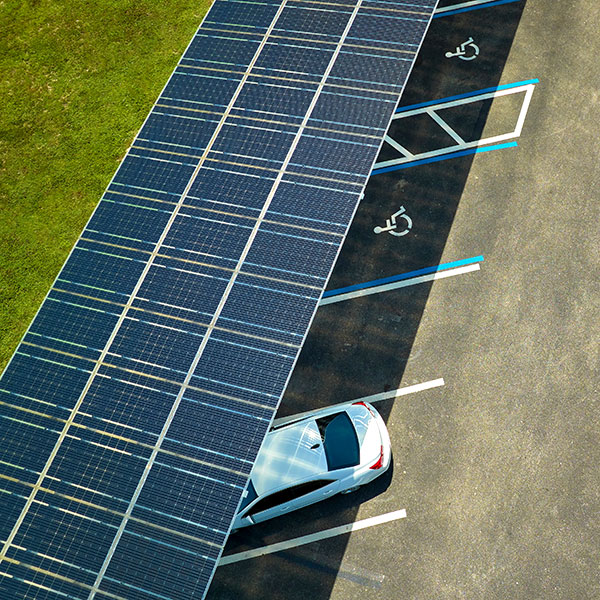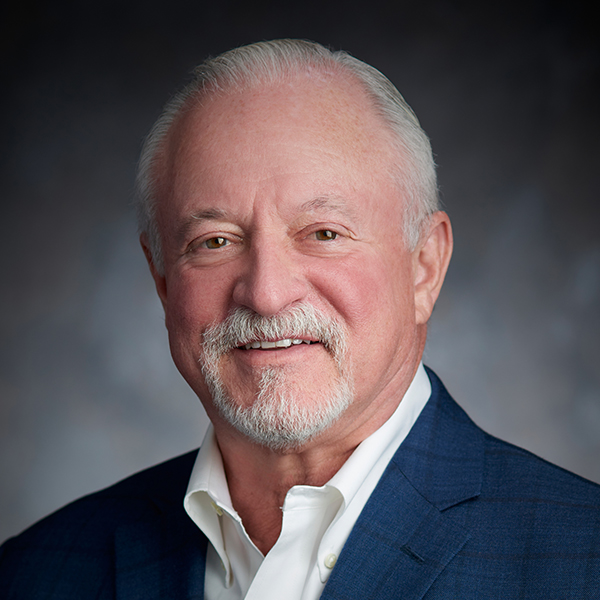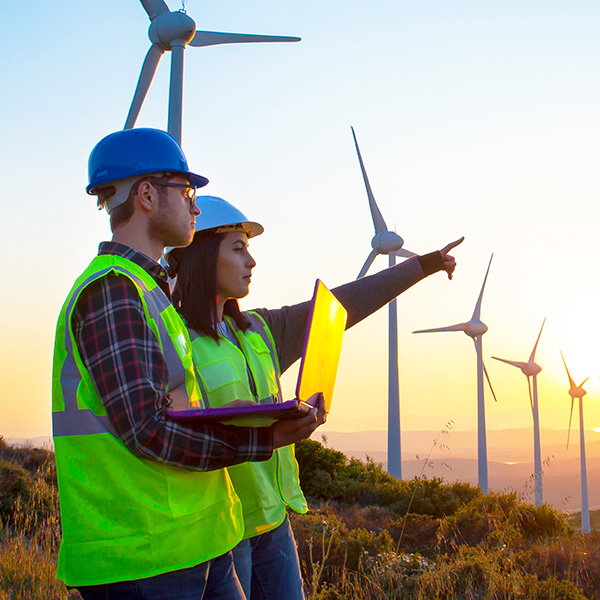

ARTICLE
Electrification Charges Forward
By Nelson Squires and Brett Brenner | May 19, 2023
Read Time: 8 Minutes
The path toward a sustainable future involves transitioning to clean energy and decreasing our reliance on fossil fuels.
The introduction of the incandescent light bulb in the 1880s was the first spark that set humanity on the course of electrification. Although by 1925, only half of American homes had electricity, advances in electrical technology over the next decades greatly increased our dependence on power. In modern times, rapid advancements in emerging technologies, such as electric vehicles (EVs) and smart devices, requires further electrification and making the additional energy use that all these devices require safe and efficient.
Electrification is defined as the transition from fossil fuels, including coal, natural gas and oil to clean, renewable energy sources. The challenges to updating the electrical grid to account for the impending energy demands and reliance are great. To fully electrify all systems, processes and devices in homes, commercial buildings and industrial facilities, a significant effort needs to be implemented to update infrastructure for the electrical grid to support the additional demand for energy.
Read the full article online from Environmental Protection to learn more.
This article was originally published in May 2023 by Environmental Protection and is co-authored by Nelson Squires and Brett Brenner, president of the Electrical Safety Foundation International. Reprinted with permission of the publisher.

ABOUT THE AUTHOR
Nelson Squires
Executive Vice President and General Manager – Electrical & Electronic Solutions. Nelson Squires was named Wesco’s Executive VP and GM of Electrical & Electronic Solutions in 2020. Previously, he held the roles of Senior VP and Chief Operating Officer, Group VP and GM for Canada and International, and Group VP and GM of Wesco’s Canadian operations. Squires served as a Captain in the U.S. Army and holds a BSc degree from Wake Forest University.

